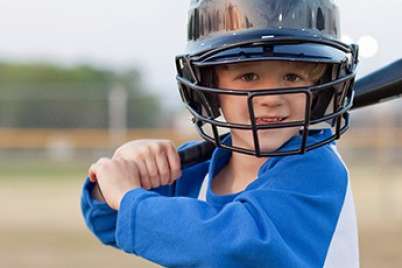
Norway’s egalitarian approach helps them dominate Winter Olympics
If you watched the winter games from PyeongChang, you may have noticed that one tiny country produced giant results: Norway.
With a population of only 5.3 million people, Norway took home 39 medals, the most of any country. Compare that figure with Canada’s third place in the final medal standings, winning 29 medals while drawing from a pool of athletes representing 35 million citizens.
People around the world are now asking: How is that possible?
Recent media interviews with senior Norwegian sport officials provide some interesting insights.
First of all, we know that Norwegians do a lot of winter activities from a young age. Almost half of the country is north of the Arctic Circle, and Norwegians embrace skating and every kind of skiing. However, this still doesn’t account for Norway’s extraordinary success. After all, nearby Finland has similar geography and outdoor pastimes, almost identical population, and yet only took home six medals from South Korea.
So what is Norway doing differently?
It may come down to the system that’s in place. In this excellent article from the Aspen Institute, Tom Farrey describes how the governing sport bodies in Norway made a decision years ago to make sports and physical activity inclusive for children of all abilities. Programs and facilities are well financed so there is plenty of access for all children, and there is little or no emphasis on competition until adolescence. For those kids who want to be super competitive, specialization in one sport is not encouraged until very late in the teen years.
An article in USA Today further explains that there is also an emphasis on making kids’ programs fun, with no score keeping until age 13 and older. The Norwegian Olympic and Paralympic Committee and Confederation of Sports recognize that Norway is a small country, so they know it is essential to keep as many kids as possible engaged in sport and activity as long as possible as they grow up. Fun is a key part of that approach.
Some people will be quick to write-off Norway’s success as merely the product of a country that has a lot of snow and a population that likes to ski. However, when you start comparing numbers with other countries, especially with those of similar population and geography, it’s clear that Norway’s approach to kids sport and activity makes a big difference.
Medals and trophies aren’t the most important thing in life, but Norway’s big sweep in PyeongChang provides a lesson in how to develop kids’ passion for physical activity.





